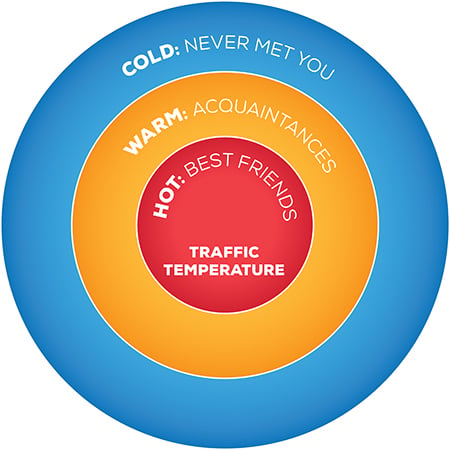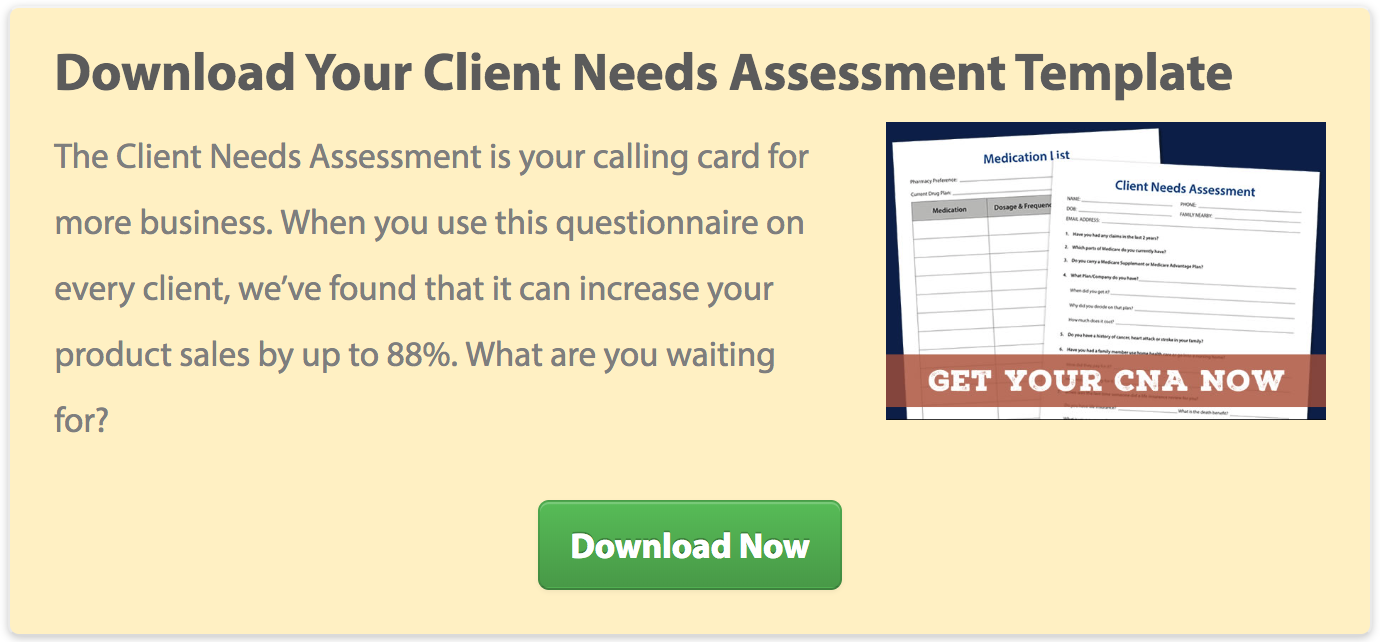There’s a bad public perception of insurance agents.
And it’s (probably) not your fault. But you still have to deal with the consequences.
Not so sure about this?
I searched “insurance agent” on Twitter, and here’s what I found…

At this point, you’re either laughing or you’re shouting, “No! That’s not me! Not all insurance agents are like this!”
But you also might be wondering why so many people have such a negative perception.
Perhaps you think it’s the persuasion techniques. But that can’t be true, because nearly all companies use persuasion tactics to influence purchases.
Perhaps you think it’s too much communication. Too many emails, too many letters, too many phone calls.
And maybe that’s true, but it can’t be the only reason. After all, any company with an online presence has an email marketing platform where they send multiple emails per week. And their lists continue to grow, and their customers continue to shop.
Here’s what I believe the real problem is: too many agents treat everyone like a hot lead.
Cold, Warm, and Hot Leads Explained
Did you ever play the game “Hot and Cold?” Someone chooses a hidden object, and you have to search for it?
Cold means you’re really far away, warm means you’re getting closer, and hot means you’re RIGHT THERE!
The same concept goes for prospects.
Cold leads have never heard of you. They have no clue who you are.
Warm leads have heard your name before. They’re a little bit familiar with your brand and product offerings, but not enough to be ready to buy.
Hot leads have heard of you multiple times, perhaps they’ve scouted out your website, and maybe they’ve even had a couple conversations with you. They’re right on the verge of buying from you.

This concept is crucial when it comes to selling.
If you try to immediately sell to a cold lead, you’re giving a terrible first impression.
What Happens When You Try to Sell to a Cold Lead
This might be a bad example, but a few months ago, a girl walked up to me at Staples and said, “I love your boots! Where did you get them?”
I was pretty happy – who doesn’t love a compliment? – but she practically cut me off as I was replying to tell me about her Mary Kay business.
She proceeded to give me her business card, demanded my personal information, and she tried to schedule me for an appointment with her.
I walked away with a terrible taste in my mouth – I felt a bit violated. Like I’d been taken advantage of.
And maybe something similar to this has happened to you.
That’s how cold leads feel when you try to sell to them.
And I think we can all make the comparison here. A lot of agents use “cold” tactics, like cold calling or sending direct mail to people they’ve never met.
There’s no doubt that this kind of selling can get sales and make money – heck, it can be your only source of sales. However, it’s not the best way to approach prospects.
What Happens When You Go Through the Sales Cycle Properly
I’d like you to consider another example.
Last week in a meeting, Jeff Sams (CEO of New Horizons) was talking about a boot company. He’d stumbled across their website, saw some boots, and put his email in to get updates.
He had no intention of buying their boots.
After a few weeks, he had gotten multiple emails from the company showing different styles of boots, how great the quality was, how they stand up to the elements, and so on.
He said, “I started off with no intention of buying. I just wanted more information. But now... I think I’m gonna buy a pair of those boots!”
People need time. They need to be nurtured. They need to build trust.
And the way to do that is to guide people through the lead temperatures. If they’re a cold lead, introduce yourself.
When they become a warm lead, give them some helpful information. Tell them about what you do.
When they become a hot lead, talk to them about solving their insurance needs.
In other words, treat people like human beings. Act like you would if you were making a new friend.
When you take the time to walk people through these steps, you’ll not only cut through the bad impression out there, but you’ll make more relationships and close more sales in the long run.
How to Move Leads Through the Sales Cycle
At this point, you might be thinking this all sounds like a good concept, but how can you actually implement it?
It starts with changing your mindset.
Stop going into appointments, calls, meetings, and so on with the goal to sell. I know you’re thinking I’m crazy, but just hear me out.
If you instead go with the mindset of “I’m here to help this person. The more information and education I can provide, the better,” the sales will follow naturally.
Taking an education-first approach is THE best way to approach your prospects.
Here’s an example of how Michael Sams moved through the sales cycle with an education-first approach.
He explains: “I was going through a bit of a mental CNA with a couple, and I knew I didn’t have time to do the full meal deal. So I asked, ‘Do you happen to have any CDs or Money Markets in the bank?’ They said they didn’t, so I asked, ‘Do you happen to have any money in the stock market?’ They said they did and that it was doing really well.”
Michael continued to explain that he wanted to just give some information on a recommendation he has. He said it’s a great option for money that’s in the bank that’s not getting any interest or money that’s in the stock market with unwanted risk.
“They tried to shut me down,” he says, “They said they were happy and that the market was doing well.”
Michael continues, “A few years ago, I would’ve said, ‘Well, good! You’re happy, I’m happy.’ But they don’t know what they don’t know. So I went ahead and did my full presentation.”
“It wasn’t a sales pitch – it wasn’t high pressure. It was just education. Simply informational. I thought that if I could be proactive, that approach was better than anything else.”
By the end of the presentation, they realized that a fixed annuity was a much better option than what they have right now.
Here’s the bottom line: You don’t have to be a digital marketing genius in order to follow a proper sales cycle. You don’t have to deal with Facebook pixels, automated email marketing, and Google advertisements.
You simply have to take the right approach with people. If you lead with information, educational, and a desire to help, you’ll see a vast shift in not only your public perception, but your bottom line.







